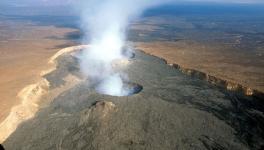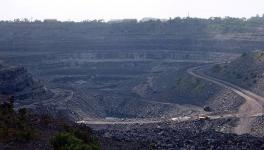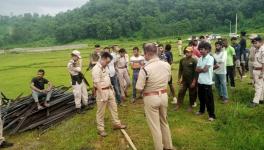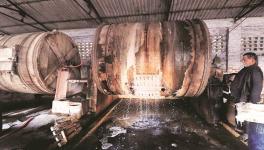Politics of Pollution and Damning Punjab
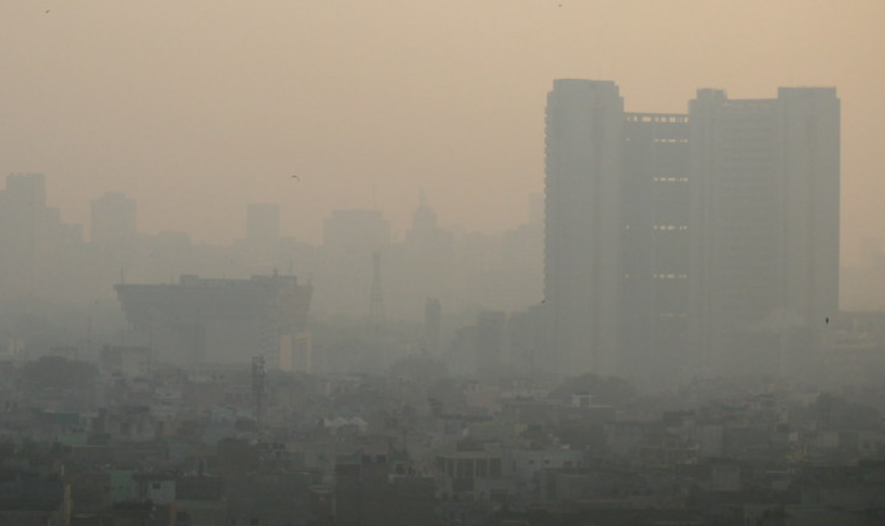
Representational Image. Image Courtesy: Flickr
For over a decade, we have witnessed a phenomenon of holding Punjab responsible for pollution in the country’s capital during October and November. Interestingly, the stubble burning by the farmers of Punjab after the paddy harvesting is offered as the reason for a tremendous rise in the value of the Air Quality Index (AQI).
There could be many reasons for this sudden increase in air pollution, but the dominant debate invariably revolves around stubble burning in Punjab. When Punjab was ruled by the Shiromani Akali Dal-Bharatiya Janata Party (SAD-BJP) alliance until 2017 and later by the Congress, The Aam Aadmi Party (AAP) government in Delhi was also involved in the chorus of damning Punjab.
At present, it has stopped because it is an AAP government in Punjab. However, some BJP leaders in Delhi are also expressing their views on TV channels in which they attribute the pollution in Delhi to stubble burning in Punjab. The Haryana government joins this dominant discourse of holding Punjab responsible for the entire crisis every year. It is called passing the buck to a sacrificial lamb.
The point missed in all this recurrent circus is that there is a need to examine the causes and identify multiple factors leading to the severe environmental crisis. There is no denying that stubble burning causes pollution, but it cannot be considered the only factor. First, it is essential to ask why air pollution becomes a serious concern only in October and November. Let us first try to understand it.
During these two months, the wind velocity falls to a minimum compared to the previous months. As a result, the suspended particles, ash or dust, are not pushed strongly enough by the wind flow. In Northwest India, where climatic conditions are shared among the states, there are two primary wind directions: east to west and vice versa. During the rainy season, the easterly wind flows, whereas the westerly wind brings in the cold.
In October and November, the wind direction does not remain definite. If an eastern wind blows when stubble is burning, the smoke will move west from Punjab, i.e., towards Pakistan. If it is western wind during stubble burning, the smoke will move towards the east, i.e. towards parts of Himachal Pradesh and Haryana.
Since Punjab is not contiguous with Delhi, there is a lower chance of smoke reaching there quickly when the wind velocity is very low. It has to combine with the smoke from stubble burning in Haryana to make an impact in Delhi, but at the same time, the slow movement of the polluted air should continuously move towards the east to affect other states within a certain period, but it does not happen. If the smoke from Punjab takes two days to reach Delhi by covering a distance of about 200 km, then within that period, it must move to the eastern parts of India to cause pollution.
All these facts clearly indicate that several factors, including construction work, industry and automobile emissions, cause the pollution in Delhi. It is also interesting to note that the stubble burning in Punjab, which causes pollution in Delhi, does not affect the AQI to that extent in Punjab.
Added to all the above factors is the fact that these months are also the period of festivals. Starting from Ganesh Chaturthi, followed by Durga Puja, Navratri, and Dussehra and concluding with the Diwali and Chhath celebrations, people's engagement in these religiously significant times pushes the environmental issues to the background. Interstate migrations have transformed region-specific festivals into almost universal ones. However, how the Diwali festival is celebrated contributes significantly to air pollution. Despite a ban on firecrackers by the respective governments and repeated requests to make Diwali green, people continue to use firecrackers, etc. Every year, the AQI rises above the normal on the day after Diwali.
It is, therefore, essential for us to understand how Punjab and other green revolution areas of this part of the country have reached such a stage. The green revolution has been nothing but technological intervention in agriculture. It brought monoculture in agriculture, which Vandana Shiva had warned about decades back in her work, Violence of Green Revolution. The Punjab farmer is trapped in wheat and paddy cultivation because these crops are economically profitable owing to the minimum support price given in the state. The primary causes of the generation of crop residue on a large scale are twofold. The first is that paddy is harvested with the harvesting combiner, which leaves a significant portion of the crop as the residue. Earlier, paddy was harvested with human labour, and there would be so little crop residue that a plough could handle it. After some time, it became impossible to do so because the extensity of paddy cultivation increased to such an extent that human labour became redundant.
The arrival of technology led to the crisis, and the solution the farmer found was setting it on fire. The second reason is that immediately after paddy harvesting, the fields have to be prepared for wheat cultivation. This vicious cycle is an ongoing and never-ending process. Paddy cultivation is causing more harm than good. The underground water resource has been continuously depleting since it is a crop in which water is intensively used.
Moreover, rice is not the staple food of the Punjabis and is primarily meant for export to other states. The best solution to the environmental crisis is crop diversification by discontinuing paddy cultivation, but it is not feasible in the near future because other seasonal crops do not have minimum support prices.
The immediate solution to this problem is technological, for preventing stubble burning by punishing the farmers is not going to work. The role of some of the farmers’ unions has proved to be negative, as evident from the recent incident on 3 November when a government official in the Bathinda district was forced to put a heap of stubble on fire. Current efforts of the AAP government have made some impact, but much more is needed.
Stubble is a bio-source and can be put to various uses. Therefore, what is needed is to bring machinery in a big way and remove stubble from the fields immediately after harvesting. Thus, more and more baler machines are required to adequately handle the stubble problem, particularly on small farms whose cultivators cannot afford to buy such machines even if there is a government subsidy. Instead of blame game, all the concerned states must join hands to prevent stubble burning through technological intervention.
But even preventing stubble burning in the neighbouring states will not solve the pollution challenge in Delhi. Recently, the National Green Tribunal sent pollution notices to various states--the same NGT was rendered helpless when, despite having imposed heavy fines, the 'World Festival' organised by the Art of Living damaged the Yamuna floodplains in 2016.
Unfortunately, environmental issues are subject to manipulation due to bureaucratic and political reasons in the country. We need a collective effort to do at least what is required to control air pollution before it becomes an even bigger disaster.
The author was a professor of sociology at the Guru Nanak Dev University, Amritsar, and former president of the Indian Sociological Society. The views are personal.
Get the latest reports & analysis with people's perspective on Protests, movements & deep analytical videos, discussions of the current affairs in your Telegram app. Subscribe to NewsClick's Telegram channel & get Real-Time updates on stories, as they get published on our website.










